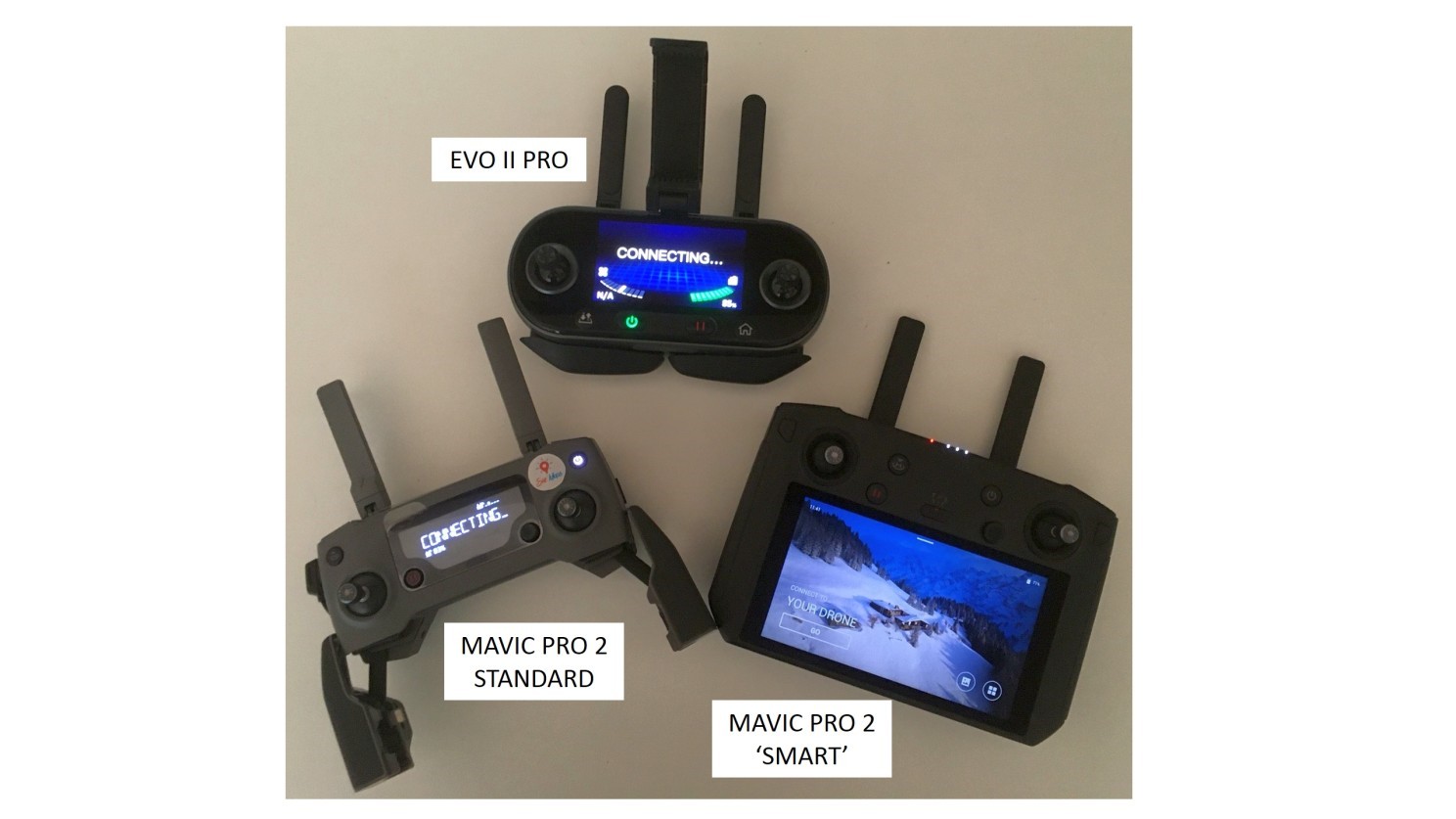The DJI Mavic 2 Pro and the Autel Evo 2 Pro are two leading contenders in the sub-2kg consumer drone market. Both offer impressive features for aerial photography and videography, but how do they stack up when it comes to mapping capabilities? This article delves into a detailed comparison, focusing on the aspects crucial for mapping applications.
Drone Specs: Size, Weight, and Flight Performance
While both drones share similarities, key differences exist in their physical attributes and flight performance:
- Size and Weight: The Mavic 2 Pro is significantly smaller and lighter, making it more portable.
- Battery: The Mavic 2 Pro’s battery is also smaller and lighter, contributing to its portability. However, this impacts flight time.
- Flight Time: The Autel Evo 2 Pro boasts a longer advertised flight time of 40 minutes compared to the Mavic 2 Pro’s 31 minutes. This translates to more area covered per flight, potentially reducing the need for multiple batteries.
- Wind Resistance: The Evo 2 Pro claims a higher wind resistance, withstanding up to Force 8 winds (62-74 km/h) versus the Mavic 2 Pro’s Force 5 (29-38 km/h).
In practical use, both drones operate similarly. The Mavic 2 Pro is noticeably quieter during flight. The Evo 2 Pro’s takeoff can feel slower, but it offers a “ludicrous” speed setting that potentially addresses this.
Camera Comparison: Image Quality and Field of View
Both drones feature a 1″ CMOS sensor with 20MP resolution. A key difference lies in their field of view:
- Field of View: The Evo 2 Pro offers a wider 82-degree field of view compared to the Mavic 2 Pro’s 77 degrees. This results in wider image coverage but slightly lower ground resolution.
- Ground Resolution: At 100m altitude, the Evo 2 Pro covers 174m width per image compared to the Mavic 2 Pro’s 160m. The ground resolution difference is minimal, approximately 3.2 cm/pixel for the Evo 2 Pro and 2.9 cm/pixel for the Mavic 2 Pro.
- Mechanical Shutter: Neither drone includes a mechanical shutter, a feature generally preferred for mapping.
The choice between wider coverage and higher resolution depends on the specific mapping requirements.
Remote Controller and App Integration
The remote controllers offer comparable functionality, but some noteworthy distinctions exist:
- Smart Controller Compatibility: The Mavic 2 Pro’s Smart Controller, while visually appealing with its large screen, lacks compatibility with mapping apps due to its inability to connect to mobile devices.
- Display Clarity: The Evo 2 Pro’s controller boasts a higher clarity display, although this is less crucial when using a connected mobile device for mapping.
- Pause Button: The Evo 2 Pro controller features a dedicated pause button, providing a smoother way to interrupt missions compared to the DJI’s method of switching flight modes.
- App Integration: The Evo 2 Pro’s standard app supports mapping missions, streamlining the workflow compared to switching between DJI Go 4 and separate mapping apps required for the Mavic 2 Pro. DJI GS Pro offers a unique feature where the drone maintains a consistent facing direction throughout the mission, beneficial for managing sun glint.
Pricing and Conclusion
Pricing for both drones varies depending on region and retailer. Generally, the Autel Evo 2 Pro is slightly more expensive, often including a hard case, spare propellers, and two batteries in the base package.
Ultimately, the best choice depends on specific needs and preferences. The Mavic 2 Pro excels in portability, while the Evo 2 Pro offers longer flight times and integrated mapping capabilities. Factors like wind resistance, app preferences, and budget will influence the final decision.

